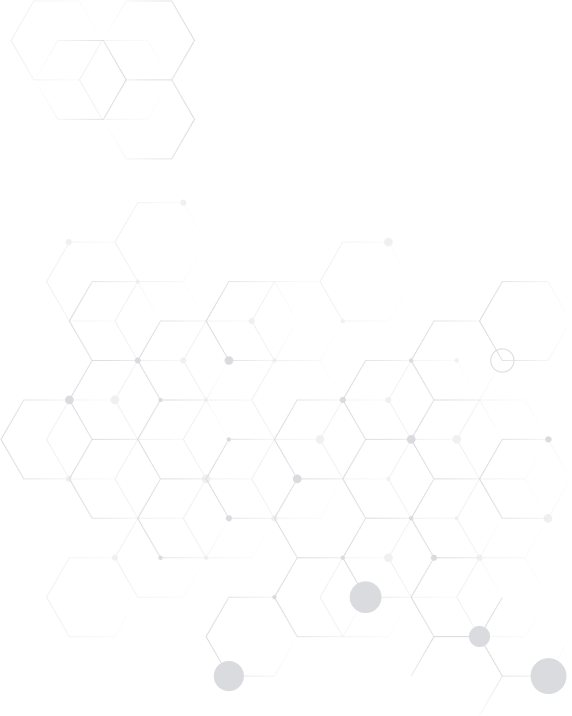Wetropa editorial team
Sustainability is also playing an increasingly important role in packaging technology. In addition to aspects such as the reduction of packaging material and the reuse of packaging, the closed-loop recycling of foams also represents an important strategy for the development of sustainable packaging solutions.
Packaging made of foamed polyethylene (PE) can be regranulated in the interests of a functioning recycling economy. In this process, the molded and die-cut parts of the packaging are separated according to type and then shredded and further processed in the form of granules.
What is PE packaging?
Behind the abbreviation PE is the plastic polyethylene, which is used in the form of foams in packaging technology. The material is characterized by its toughness and robustness with simultaneous softness, which creates the optimal cushioning effect of packaging solutions.
Why is closed-loop recycling important in packaging technology?
The conventional packaging industry is responsible for a large proportion of waste that has to be disposed of in waste incineration plants or ends up in nature, endangering the ecosystems there. In addition, functional packaging is often made of plastics and foams.
Closed-loop recycling makes it possible to contain the negative ecological consequences and instead build a circular economy. Packaging that can no longer be used is used in this way to produce new packaging or plastic products without compromising quality. The chemical structure and thus also the properties of the polyethylene remain unchanged.
Regranulation - how PE packaging is recycled
In order for the subsequent recycling to work, the PE packaging must first be collected sorted by type so that it does not mix with other plastics under any circumstances. Then they are processed into PE granules in a shredding process consisting of several stages. The process of regranulation of PE packaging is as follows:
- Separation of the PE foam by type
- Shredding of the material in a shredder
- Compression, compaction and degassing
- Melting process
- Processing into granules
In the final step of granulation, the coarsely ground material is processed in an extruder through narrow holes with conical access to form long strands. These are mechanically cut into small and uniform pieces, resulting in the typical size and shape of the granules.
Conclusion
The regranulation of PE packaging is an ideal way to achieve functioning recycling, which forms the basis for a circular economy. In the special process, the PE packaging is first collected by type and coarsely shredded.
Then, using the process of compression and extrusion, they are processed into re-granulate, which has the same properties as the initial product and is thus suitable for the production of new, sustainable packaging. In the special process, the PE packaging is first collected by type and coarsely shredded.
It is then compressed and extruded to form regranulate, which has the same properties as the initial product and is thus suitable for the production of new, sustainable packaging.
FAQ - frequently asked questions about PE packaging regranulation
Regranulation is a recycling process in which packaging made of foamed materials such as PE, is shredded according to type and processed into PE granulate. This can then be used to produce new packaging of the same quality.
PE packaging is first separated by type, then shredded and granulated in a multi-stage process. The resulting PE granulate can be used for new products and packaging without any loss of quality.This closed material cycle system is also called closed-loop recycling.







